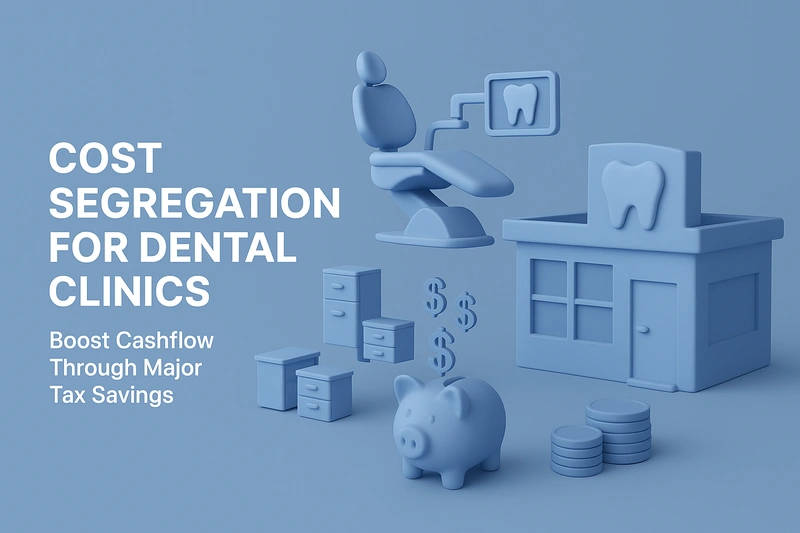Cost segregation is a tax strategy that allows businesses to identify and classify certain assets in a way that allows for faster depreciation of those assets. This can result in significant tax savings for the business, as it can reduce the amount of income subject to tax in the current year.
Modified Accelerated Cost Recovery System, or MACRS, is a method of depreciation used in the United States to determine the amount of depreciation expense that can be recognized for tax purposes. It was introduced as part of the Tax Reform Act of 1986 and has been in use ever since.
Under MACRS, businesses can elect to depreciate certain assets over shorter periods of time than would normally be allowed under the General Depreciation System (GDS). This results in a larger amount of depreciation expense being recognized in the early years of an asset's life, which can provide a tax benefit to the business.
One key concept in MACRs cost segregation is the distinction between land value and improvement value. Land value is the value of the land itself, without any improvements such as buildings or other structures. Improvement value, on the other hand, refers to the value of any improvements made to the land, such as buildings, roads, or utilities.
Under MACRs, land value is not depreciable, as it is considered to have an indefinite useful life. Improvement value, however, is depreciable, and the business can elect to use MACRs to depreciate these assets over a shorter period of time than would normally be allowed under GDS.
To determine the improvement value of an asset, it is necessary to first determine the total cost of the asset. This includes not only the cost of construction, but also any related costs such as architects' fees, permits, and financing costs. Once the total cost of the asset has been determined, the land value is subtracted to arrive at the improvement value.
Fortunately for property owners there are a couple of reliable resources to determine land value. The IRS recognizes county appraisal as well as third-party appraisal in determining land value for cost segregation studies. We recommend using one of those sources to ensure an accurate allocation of land versus improvement value.
To illustrate how this works, consider the following example:
A business purchases a piece of land for $100,000 and constructs a building on it for $500,000. The total cost of the asset is $600,000. The business determines that the land value is $100,000 and the improvement value is $500,000.
Under GDS, the business would be required to depreciate the improvement value of the asset over a 39-year period. However, under MACRs, the business can elect to depreciate the improvement value over a shorter period of time, such as 20 years or even less. This results in a larger amount of depreciation expense being recognized in the early years of the asset's life, which can provide a significant tax benefit to the business.
In summary, MACRs cost segregation is a tax strategy that allows businesses to identify and classify certain assets in a way that allows for faster depreciation of those assets. By distinguishing between land value and improvement value and electing to use MACRs to depreciate the improvement value, businesses can potentially save significant amounts in taxes.






